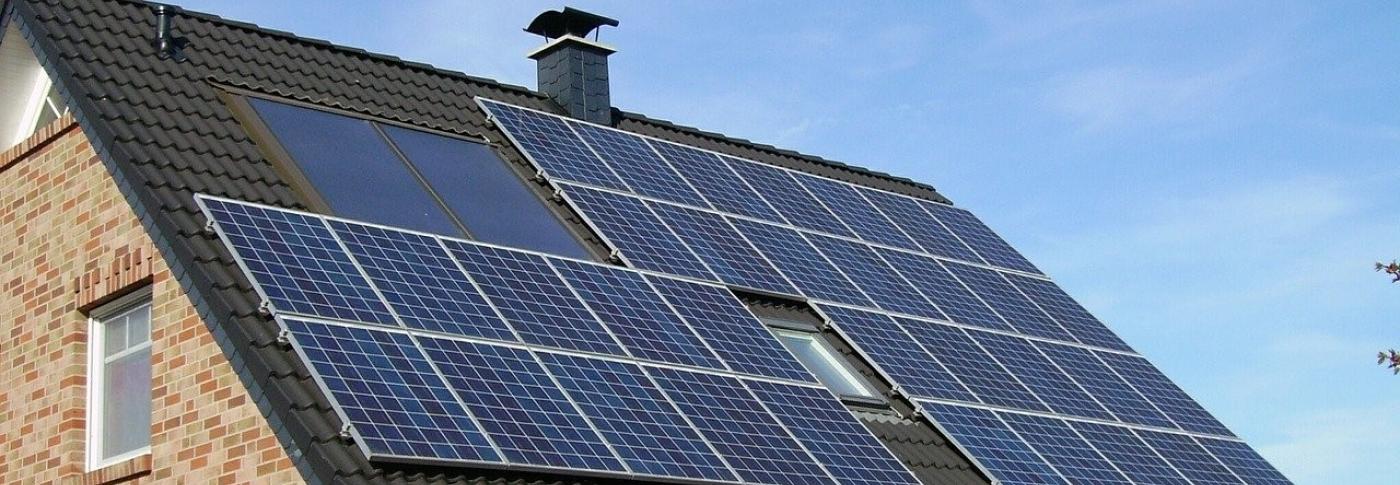
Cornish energy market success is a boost for flexibility
9 Nov 2020 - 3 minute read
We’ve been working with industry on an innovative project to create a local energy market (LEM) in Cornwall, which has seen over 200 homes and businesses in the area trading stored renewable electricity.
Led by Centrica, this pioneering project – the UK’s largest trial of energy flexibility – showcased a smart, decentralised electricity system in action, and one which is unlocking the potential of distributed and community-based renewable energy resources to help balance the grid in the future.
When we talk about flexibility, we mean the ability to shift electricity use or generation throughout the day to smooth out peaks and troughs in energy demand. If we can soften the peaks (for example high demand in the evening) and fill the troughs (low demand in the small hours) it helps our national control room match supply and demand more efficiently.
Exploring innovative ways to access this kind of flexibility through new markets is key to us achieving our zero carbon ambition – and the Cornwall LEM project is a great example why
That might mean charging your electric vehicle overnight, installing a smart hot water tank which reacts to price signals, or storing solar power during lower demand periods of the day to use – or sell – at peak time to reduce loads on the grid, with the added benefit of lowering bills.
Exploring innovative ways to access this kind of flexibility through new markets is particularly important as the growth of less predictable renewable generation continues – and it will be key to us achieving our ambition to be able to operate Britain’s electricity system with zero carbon by 2025.
The Cornwall LEM project is showing why. A report by Centrica shows that over three years, the £16.7 million local energy market saw 310MWh of power traded successfully, with greenhouse gas savings of nearly 10,000 tonnes a year as a result.
Read Centrica’s Cornwall Local Energy Market report
As part of the trial, five megawatts of low carbon technology was installed across more than 100 businesses, and a further 100 homes received a combination of solar panels and wall mounted battery storage.
The stored capacity of the home battery systems was combined to form a virtual power plant, which was able to trade electricity through Centrica’s innovative LEM platform. Some businesses saved as much as 35% on energy costs by operating at times that helped our control room balance the grid more effectively.
The trial is also the first time anywhere in the world where we (as the national system operator) and a local distribution system operator (Western Power Distribution) have – via Centrica’s platform – both bought flexibility simultaneously, making for more coordinated management of electricity flows at national and regional level.
Our Future Energy Scenarios (FES) forecast that while current levels of residential flexibility are low, introducing initiatives that incentivise consumers to be flexible will pave the way for a more intelligent grid that will be better able to accommodate growing volumes of renewable energy.
Find out more about our latest Future Energy Scenarios (FES)
The Cornwall LEM is one such initiative, and we anticipate it and other projects helping to deliver a transformation in the way our nation consumes power. This will help us deliver clean, secure and affordable electricity – softening peaks in demand and filling in the troughs – and will take us another step closer to our 2025 zero carbon ambition.
